Abeking & Rasmussen - The art of shipbuilding
German shipyards have established themselves in lucrative niche markets with innovations and expertise. A visit to Abeking & Rasmussen in Lemwerder. Months ago, I wrote that a trip on the Lower Weser arouses the sailor's curiosity to take a look inside the halls that line the shore. There, where the names are emblazoned that you can read cast in brass on thousands of ships on all the world's oceans. It is a curiosity that is not just an interest in technology. It also triggers emotions, awakens memories and fuels the proverbial (Saint-Exupéry) longing for the sea. Or, as one shipbuilder told me...
Weiterlesen

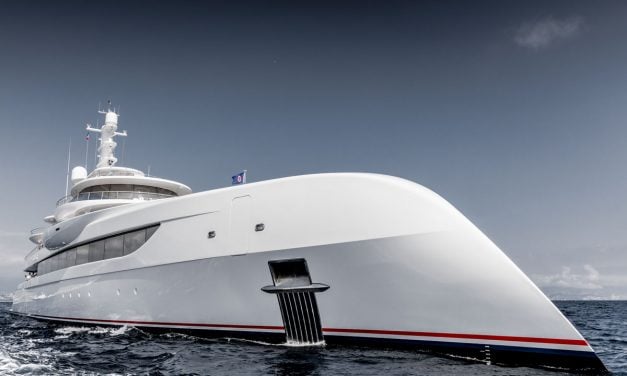
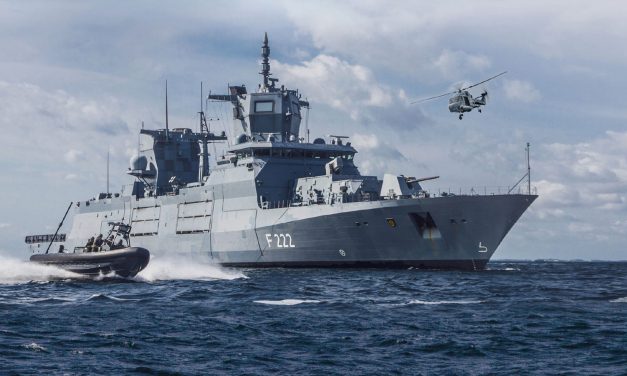
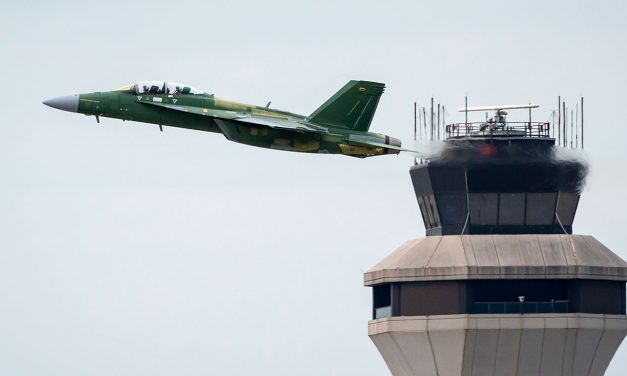
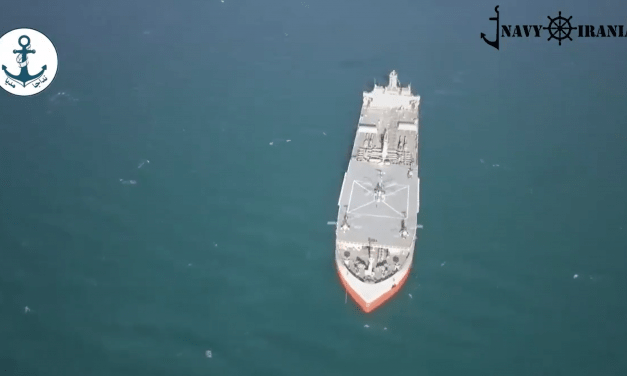
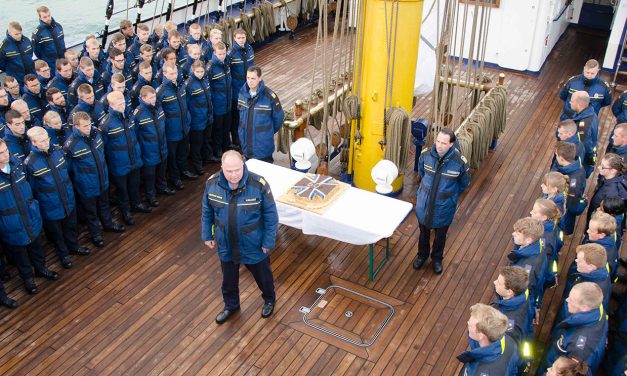
Latest comments